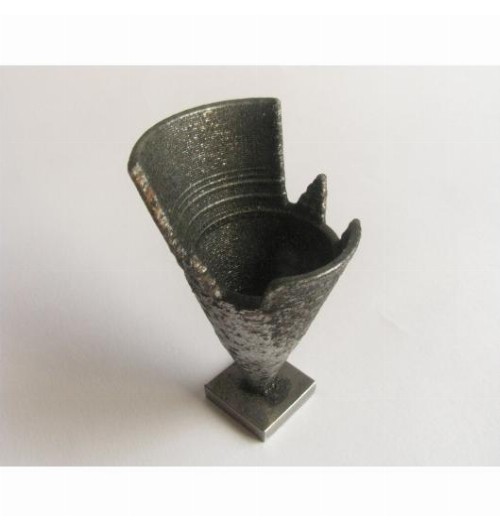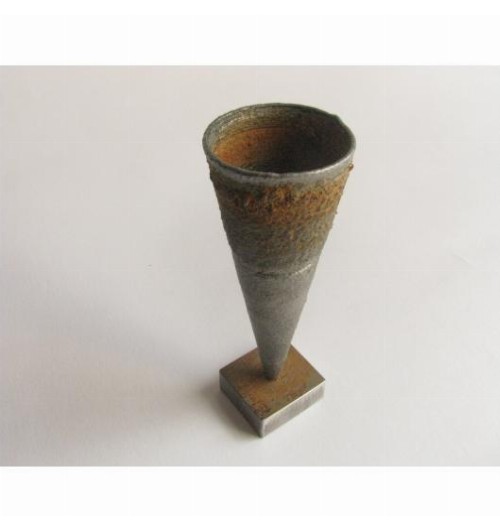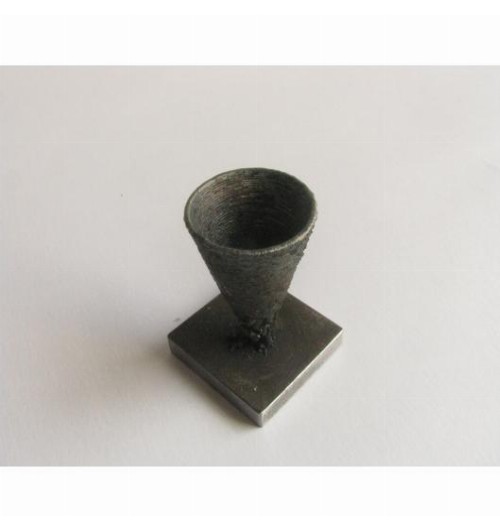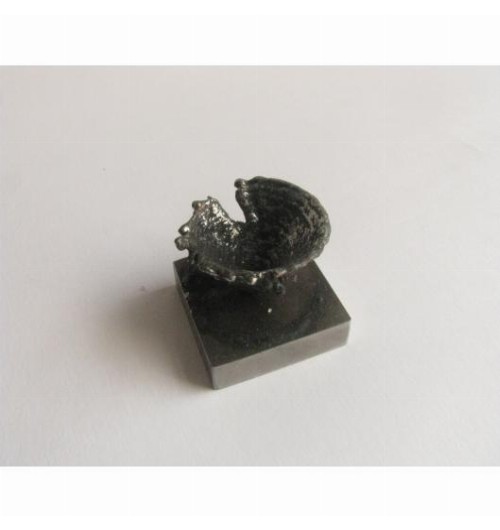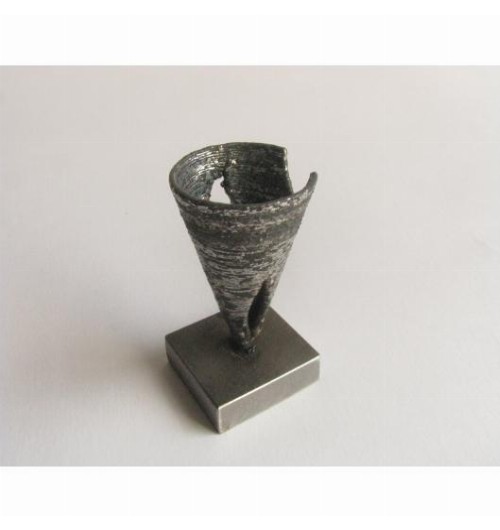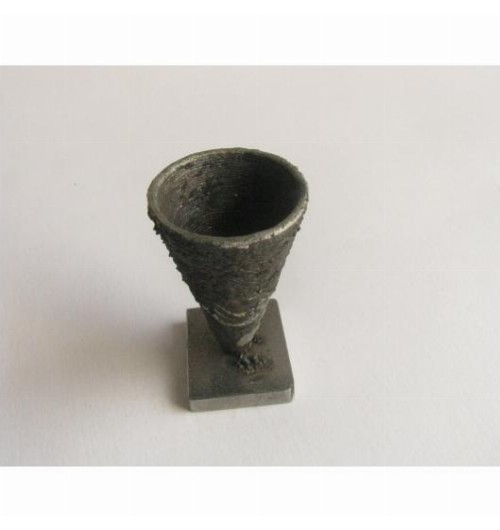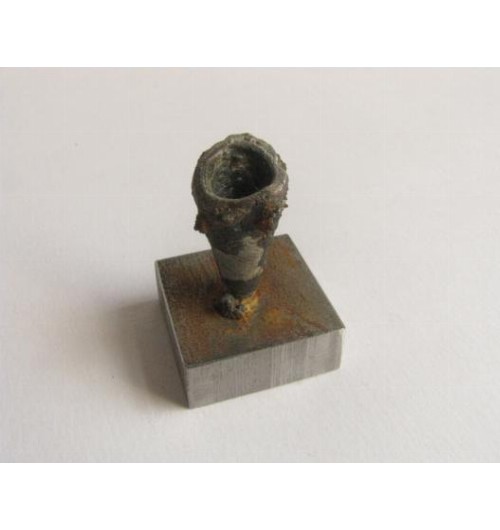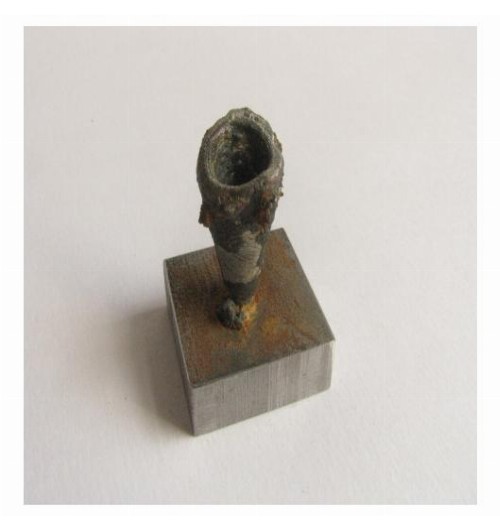SARAH NICHOLSON
sarahnicholson.com
Portfolio - 2011 - KE-LAS
“I’m afraid I am, sir,” said Alice; “I can’t remember things as I used – and I don’t keep the same size for ten minutes together!”
“Can’t remember what things?” said the Caterpillar.
“Well, I’ve tried to say “How doth the little busy bee,” but it all came different!” Alice replied in a very melancholy voice.
The role of memory in the formation and maintaining of identity is one of the central themes to Alice’s Adventures in Wonderland: Alice cannot answer the question of who she is, because she can’t seem to remember who she was. From this, we can begin to understand how memory is inextricably tied to questions of what we know (or perhaps think we know). Indeed, memory is crucially important for understanding ourselves as conscious, thinking individuals. But what is memory?
Made with the support of the European Development Fund, “Memory Cones” was a creative collaboration with KE-Las (Knowledge Exchange in Laser Engineering) Liverpool University. The collaboration comprised in part the investigation of laser direct metals deposition for fabrication of 7 small sculptures exploring the Bergson Memory Cone (3D printing technology that is usually used to create specialised equipment for the aerospace industry) measuring between 2cm to 9cm in height. The cones blend a variety of material including ceramics and metals in a “stress testing” exercise for the materials. The aim was to push the cohesiveness of the material and the ability of the technology to “print” at the limits of it capabilities. The resultant objects exhibit the stresses of the process and in doing so remind us of the vagaries of memory.
To briefly recall Henri Bergson’s “Memory and Matter”, that at every moment of our perceptions, there is a contraction between our past memories and our present sensations. Together these produce a perception, which is always a combination of past and present. Throughout time, our sensations change and give us continually distinct data. We are to think of the point of contact between the cone and the surface as being the current perception. We learned that this perception really excludes nothing from our past. This is because every contraction contracts the whole past with the present. And so the whole past is continually present.
(For example, our feet automatically press the brakes when we see a red light. In a sense, all the previous contracted memories of red lights all contracted into that one perception. And because all perception-memories are contracted to every other one, our whole body of memories is always there whenever we experience something specific, like red lights. In fact, we did not notice any of them in our minds. Our bodies merely reacted. In that case, all our memory contracted tightly into our current perception.)
